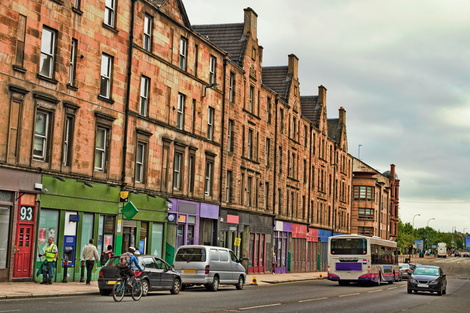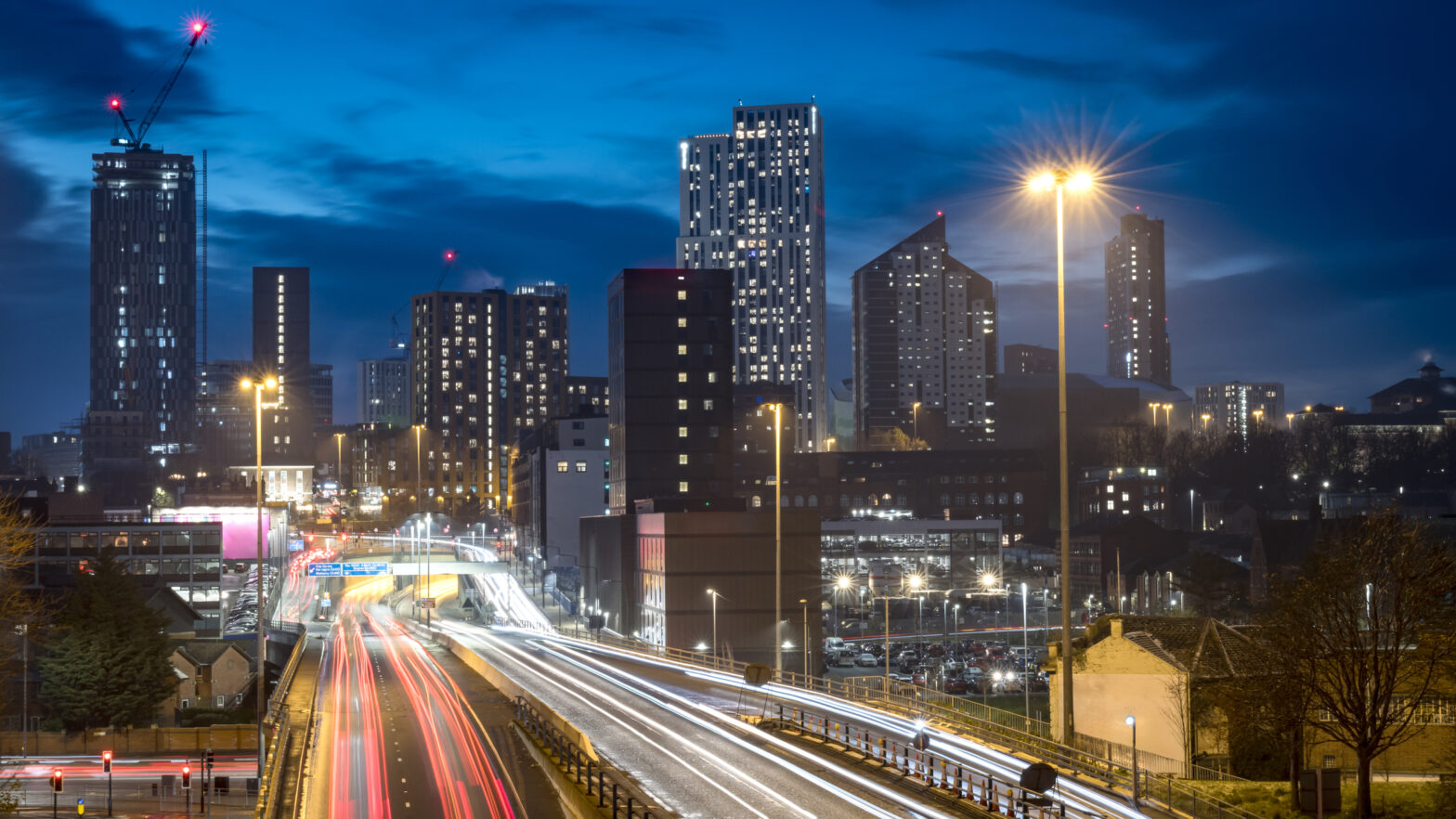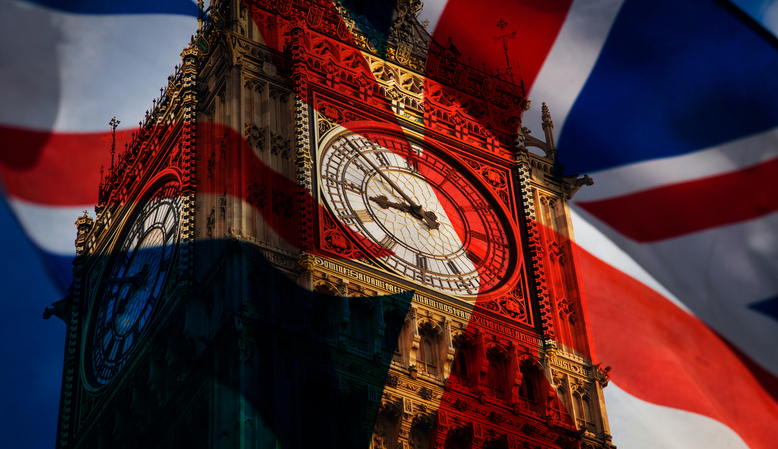It’s now reached the stage where 1 in 7 of the retail high street stores open five years ago are empty.
Why? Well, four big reasons are visible.
First, the economy has been poor. Disposable income per head has been declining in real terms as GDP growth has stalled, the population has carried on growing and sterling has got weaker making imported essentials (food, fuel) more expensive. This ultimately means less to spend in any form of shop.
Disposable income has now fallen back to 2003 levels and that ignores the regional effects which are very marked. London has done better and the rest worse, and in some cases, a lot worse.
And then the high street has been losing out to the increasing population of attractive, easy parking shopping centres and hypermarkets. Trade has literally been sucked out of the high street.
More on the death of the high street:
- Wol Kolade – High time for the high street
- Mary Portas leads review into high street
- Administrator moves in as HMV faces the music
Finally, the growth in internet and mobile phone shopping has hit the high street hard. The convenience and efficiency of this mode of spending has hurt much of physical retail shopping and has nearly wiped out some categories such as ‘record’ shops (I find I have to explain this term to my younger colleagues) and book shops.
Whilst this has been going on, the financial strength of many retailers has worsened. They became very dependent on long supply lines from the East and suppliers providing a lot of credit. Nervous suppliers are now pulling that lifeline away. They no longer own their shops, so are now exposed to rents strapped to onerous upward only reviews and to business rates that have risen strongly and often now approximate rent – shops are expensive to run.
So what of the future? Products, store location, service, value for money and effective promotion remain valuable assets, but clearly the balance has swung.
It is clear from recent statistics that actually most pure internet retailers are growing slower than the internet sales of existing physical chain’s. Browsing on-line and collecting from store is a fast growing trend and will justify some stores continuing to exist, albeit in changed formats.
More from Jon Moulton:
A much stronger retail sales opportunity can arise if a customer selects say a dress on-line and then calls to collect. It it then not the work of a genius to sell them matching accessories – indeed even to have them out waiting to show.
Some products are always going to need a physical selection – say high-end jewellery or furniture and the need for real shops will continue – though they don’t have to be in a high street.
Future retailing seems likely to follow the following hierarchy with the best first:
‘Omnichannel’ retailers:
Every mode of sale enables them to maximise sales and to exploit the marketing, logistic and cost advantages of scale. John Lewis.
Internet retailers:
Low costs and convenience. Less flexibility in dealing with customers and easier entrance for competitors but still potentially a very good business. ASOS.
Shopping centre retailers:
Still trending down but better than high street and gaining from its death.
High street only:
Ugly future for most. Increasing descent as streets are full of empty shops and charity outlets rapidly decreasing the more prosperous footfall. However, low cost and convenience stores will survive and may even prosper. Iceland is a good example.
All this has dire implications for many a town as the high street core area degrades. Planners are reluctant to do it but many such areas will have to change use – often to housing.
It’s a shame really. As a kid I really enjoyed wandering around Woolworths. And they are just a fading memory now.






